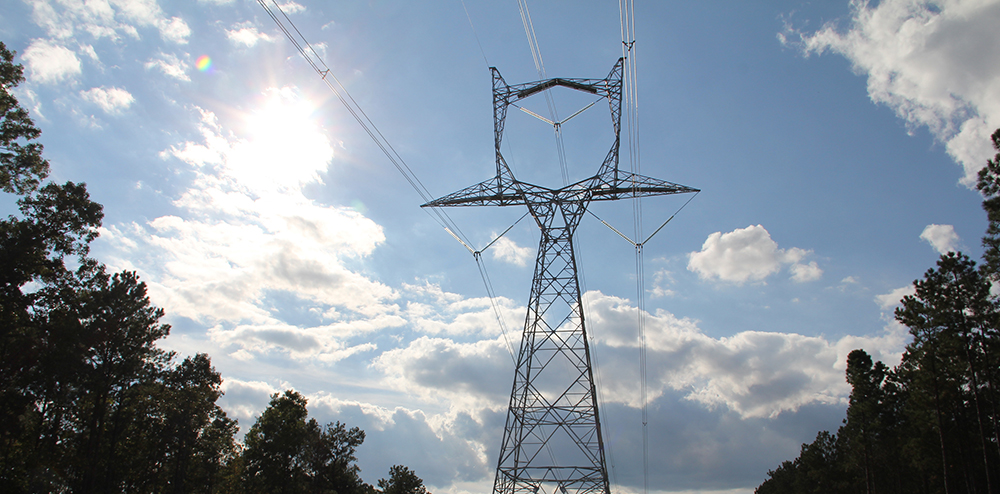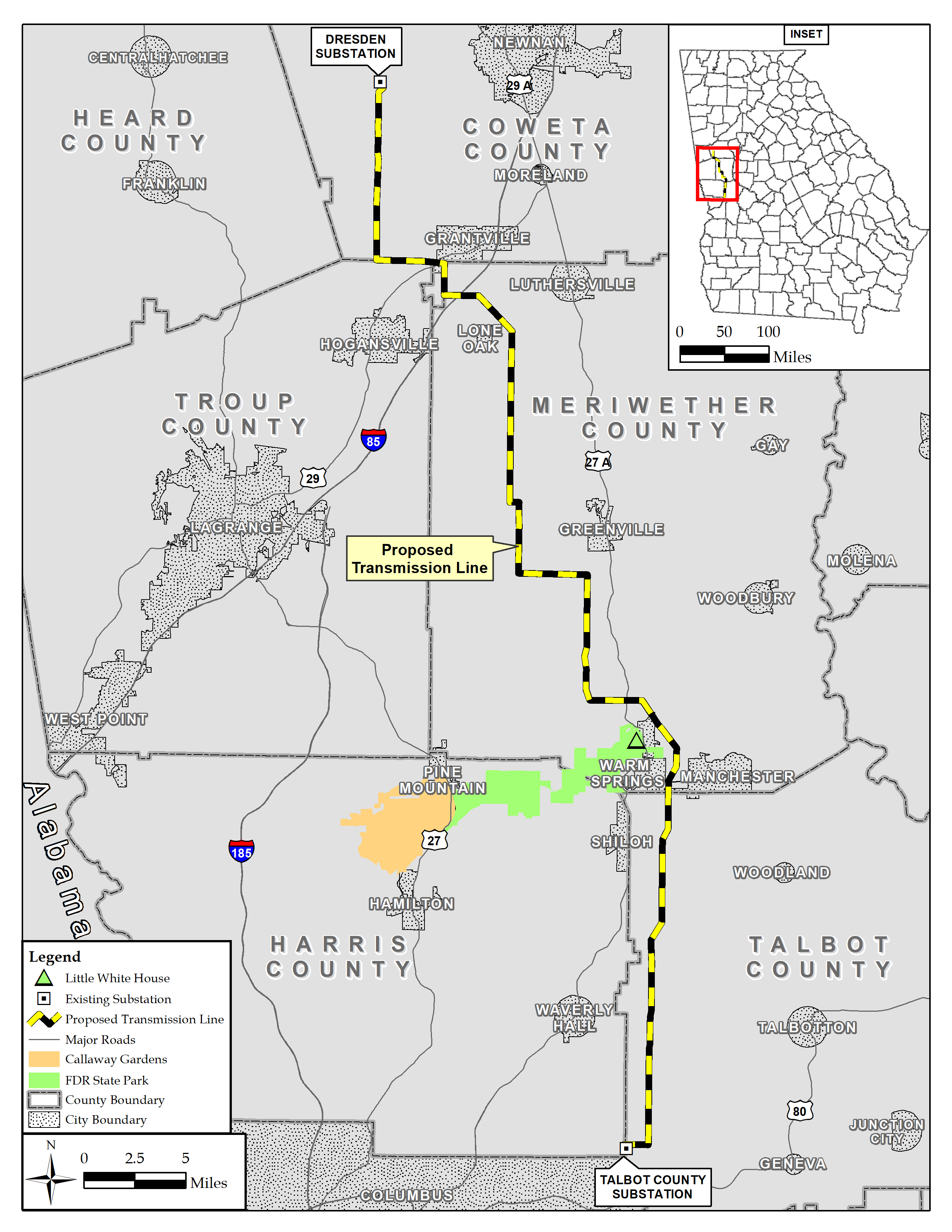Reliability Projects
Dresden - Talbot 500 kV Transmission Line


Overview
Your community expects safe, reliable and cost-effective power — and Georgia Transmission continues to invest in critical infrastructure, like the Dresden - Talbot 500 kV Transmission Line to deliver on those expectations.
We continuously monitor and assess the performance and capability of Georgia’s electric system and make system upgrades when it is determined there is insufficient capacity to meet demand.
Significant changes to system power flow patterns are resulting in electric power system limitations. In addition, forecasted system load growth is contributing to the need. Georgia Transmission plans to construct approximately 66 miles of new 500 kV transmission line as part of the solution.
What To Expect
Next Steps
Schedules for the project will vary and are subject to change, but we expect the transmission line to be ready for service by Q4 2031.
Major milestones for the new transmission line and associated substations include:
- Survey permission requested: Beginning Q2 2024
- Public meetings: Q2 - Q4 2025
- Surveying: Beginning Q1 2025
- Clearing: Beginning Q1 2028
- Construction: Q3 2028 - Q4 2031
Public Participation
Public participation is an important part of Georgia Transmission’s siting process for electric transmission projects.
We expect to hold public meetings in 2025 in each county the proposed transmission line crosses. This is an opportunity to provide more information to communities and answer specific questions. Affected property owners will be notified of the public meetings by certified mail. The meetings will also be advertised in each county's legal organ and posted here.
Maps

Siting Process
Building a new transmission line or substation means becoming a permanent part of your community. That’s why we take our responsibility of being a good neighbor seriously. We not only spend time behind the desk analyzing data; we also put boots on the ground to study environmental, historical and cultural conditions. We gather input from the community to make a thoughtful decision that addresses energy needs while minimizing overall impact.
Here are some factors we consider:
• Existing and proposed land uses
• Community input
• Existing corridors
• Environmental conditions
• Engineering constraints
• Cost
Our transmission line siting methodology co-created with the Electric Power Research Institute (EPRI) has received national attention as a model for improving the way utilities determine where to locate transmission lines. The siting methodology was developed with the input of more than 200 representatives from industry organizations, government agencies, and advocacy and citizens groups in the Southeast. The approach has been adopted by several utilities, has been featured in national trade publications and won a national innovation award from the National Rural Electric Cooperative Association (NRECA).
Who is Georgia Transmission?
Georgia Transmission is a not-for-profit transmission-only electric cooperative owned by 38 of Georgia’s Electric Membership Corporations (EMCs). We plan, build and maintain the high-voltage electrical infrastructure that delivers power to our state's EMCs, providing electricity to more than 4.4 million Georgians.
Together with Georgia Power, Municipal Electric Authority of Georgia (MEAG) and Dalton Utilities, we plan and operate Georgia's electric transmission system through the Integrated Transmission System (ITS), ensuring transmission remains efficient and reliable.
If you have additional questions, please contact Public Affairs Director Terry Buttrill at terry.buttrill@gatransmission.com or 770.270.7207

